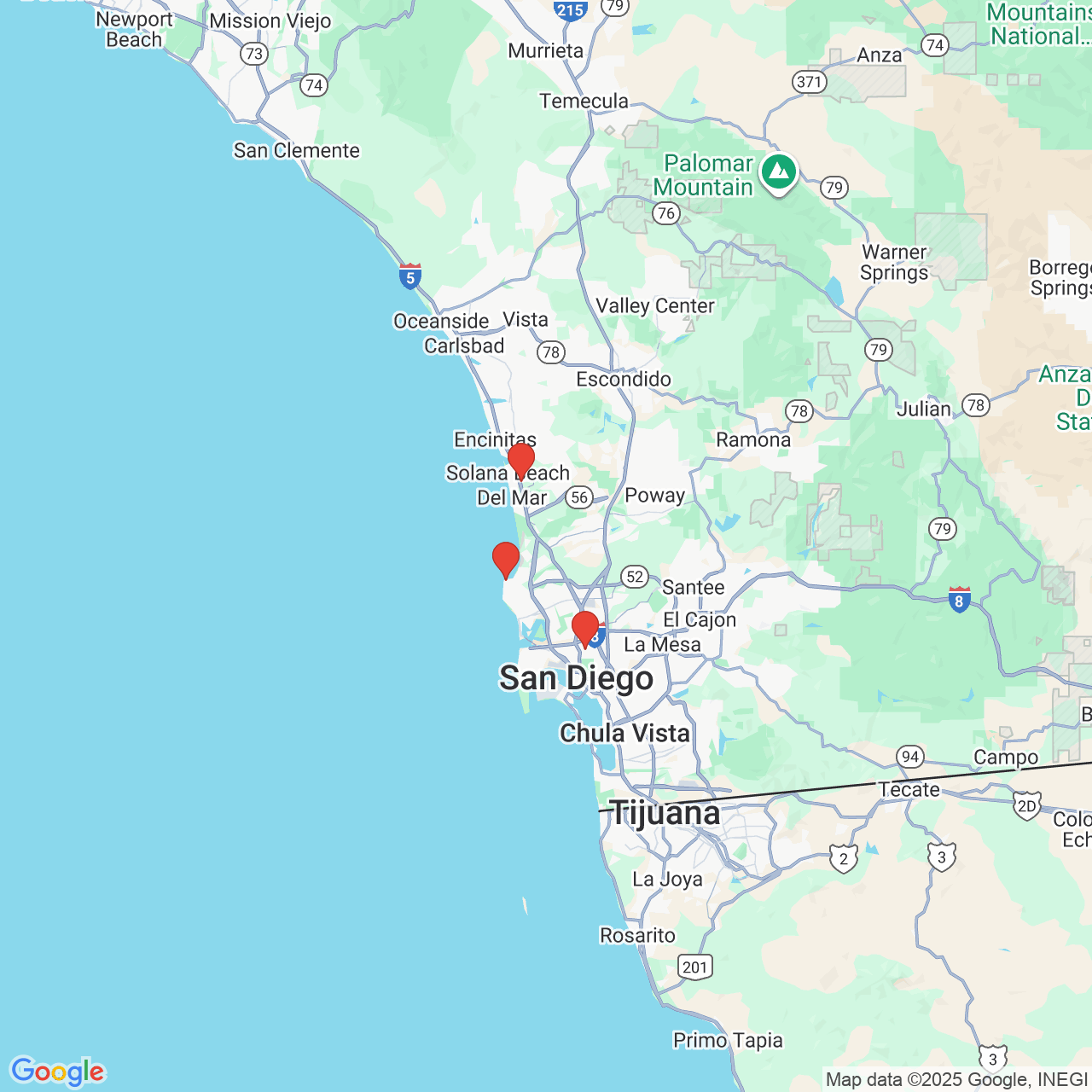Anti-reflective Coatings
Depending on the material used to make a lens, between 4-16% of light striking the lens surface is ordinarily reflected back or "lost" by the lens. A multi-layer coating of metal oxides, just a few microns thick can significantly increase the amount of light transmitted through the lens by decreasing the percentage of light lost to reflection.
This multi-layer coating is called an anti-reflective or "AR" coating.
AR coatings are placed on microscopes and camera lenses to increase light transmission and maximize image quality. AR coatings can sometimes have a faint green or purple color. This color effect can be adjusted when necessary to create a pleasing cosmetic tint, as is often done for spectacle lenses.
AR coating for glasses
Cosmetic advantage - Eye contact is an important part of human interaction. If you glance at someone wearing glasses with ordinary clear lenses, it’s sometimes hard to see their eyes.
Even though the lenses are clear, their eyes are obscured by light reflected back toward you from both the front and back surfaces of the lenses.
Some light is actually being reflected from the back lens surfaces and bouncing back and forth inside the lens (between front and back surfaces), until it escapes. These "internal" reflections appear as a series of concentric reflections or rings. Thick lens edges, found in corrections for high degrees of myopia (nearsightedness), often produce rings which create a “coke bottle” look. Modern AR coatings can virtually eliminate these unsightly rings and make the lenses nearly invisible.
Nighttime advantage - Driving
Daytime advantage - Sunglasses
Reflections from back lens surfaces can also be annoying. This is most noticeable with sunglasses because a dark lens acts like a mirror. Under certain conditions, the wearer can actually see their own eyes reflected from the backs of the lenses. To see the effect a back-surface AR coating can have on your vision with sunglasses, cup both hands alongside your lenses, so that all light coming from behind you is blocked…the improvement may surprise you.
Improved technology
Lenses with antireflective (AR) coatings used to be hard to clean but no longer. Fingerprints and smudges have been a challenge for previous anti-reflective lenses but many lenses now incorporate advanced surface treatments that make cleaning much easier. AR coatings are also more scratch-resistant than in the past.
The next time you order glasses, be sure to ask about what’s new in lens coatings and materials…a lot has changed! If you have a strong prescription, think about requesting an AR coating in conjunction with high-index lenses to make your glasses look and feel as thin as possible. You’ll not only look better but see better too!
Vision and Health Newsletter courtesy of:
GW Eye Associates
Gordon G. Wong, O.D.
Wildon C. Wong, O.D.
7825 Fay Ave.
Suite 140
La Jolla, CA 92037
858-454-4699
When there are many light sources present, “ghost” images can be a real problemfor glasses wearers; the main example of this is driving a car at night. Headlights from other vehicles and streetlights can create distracting double images that make seeing difficult and contribute to eyestrain and fatigue. AR Coatings not only reduce the ghost images but actually increase the amount of light transmitted through the lenses to the eyes. There is an overall reduction in glare and halos around lights - a welcome addition to nighttime vision.


